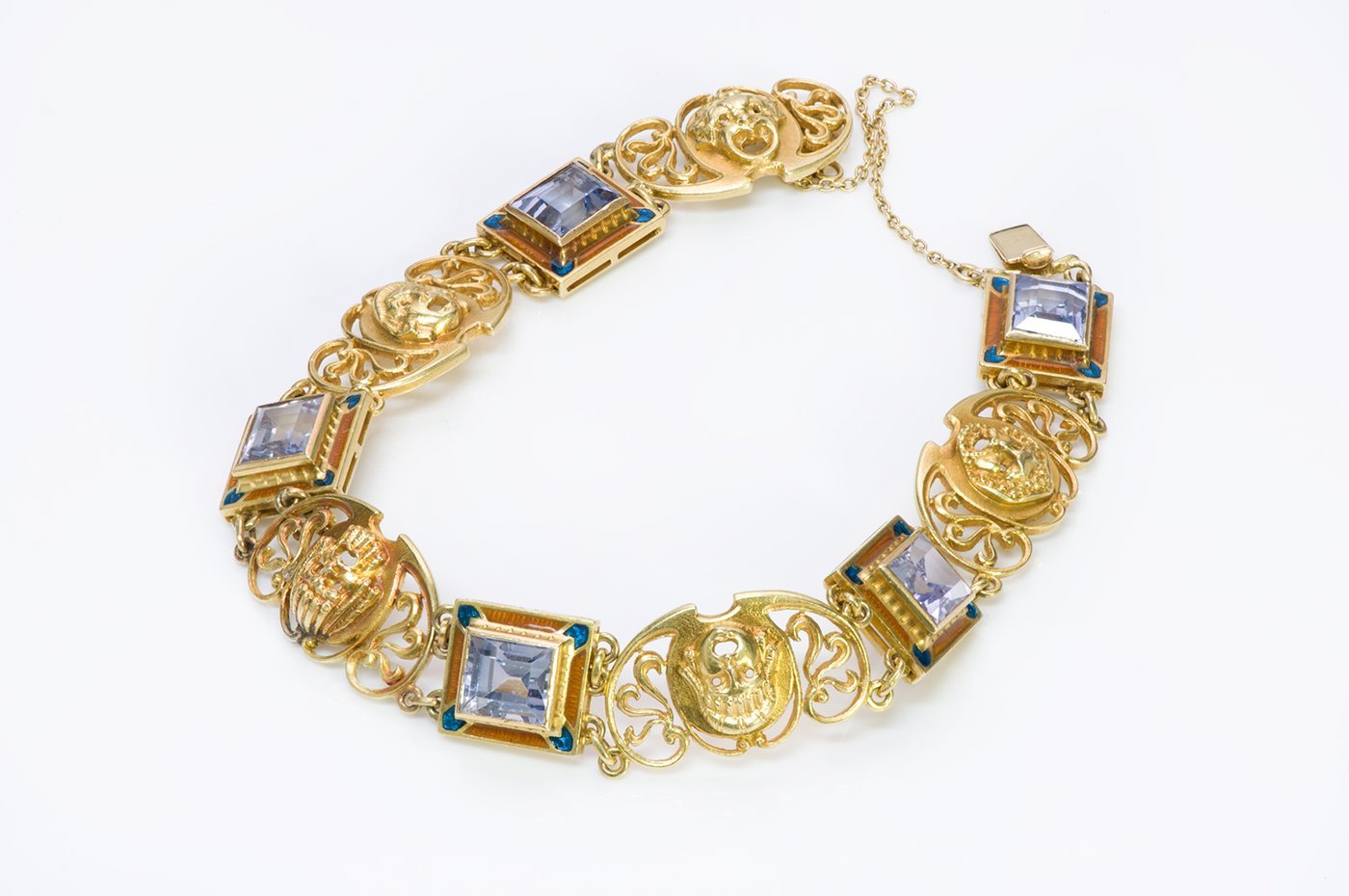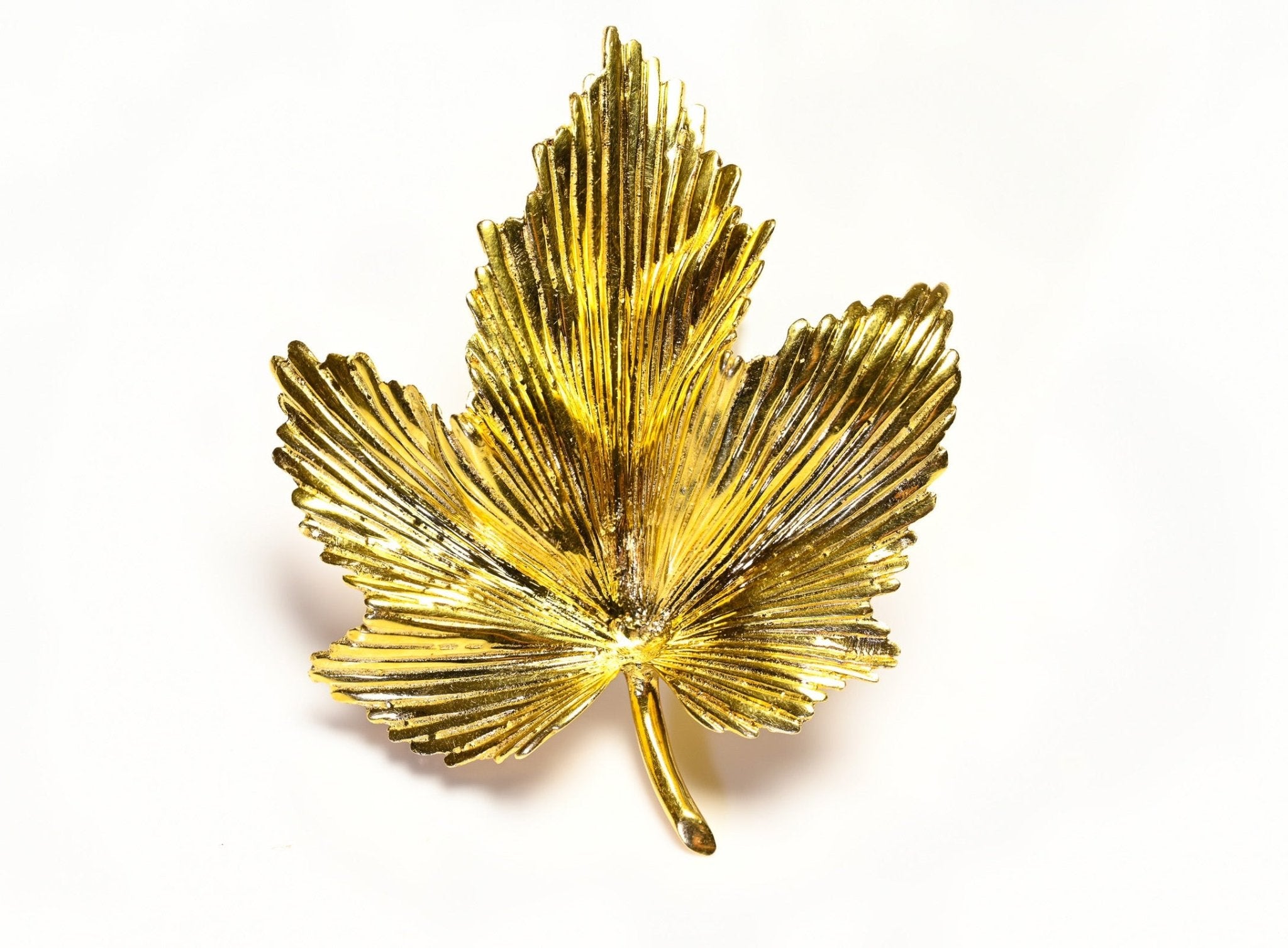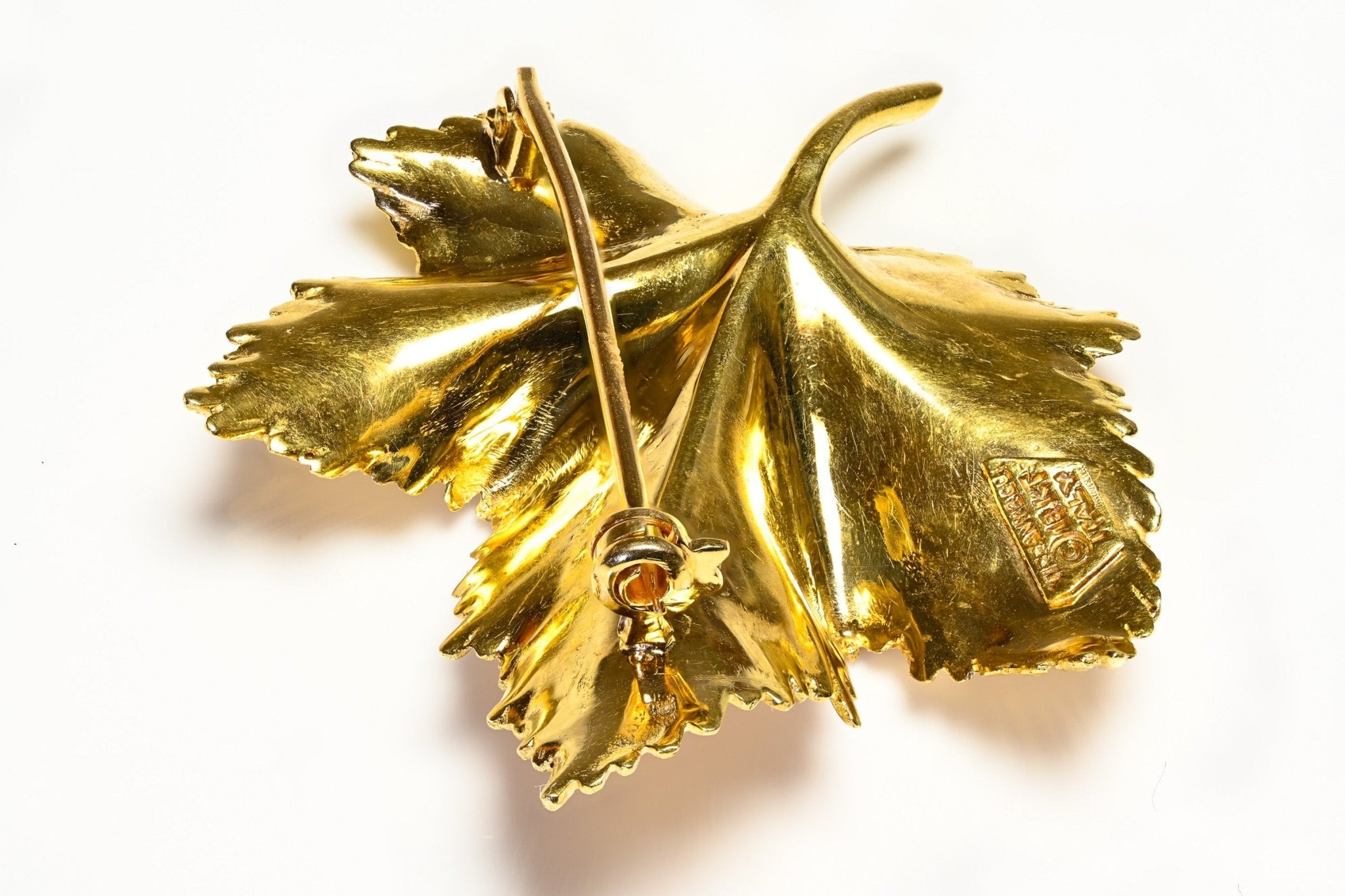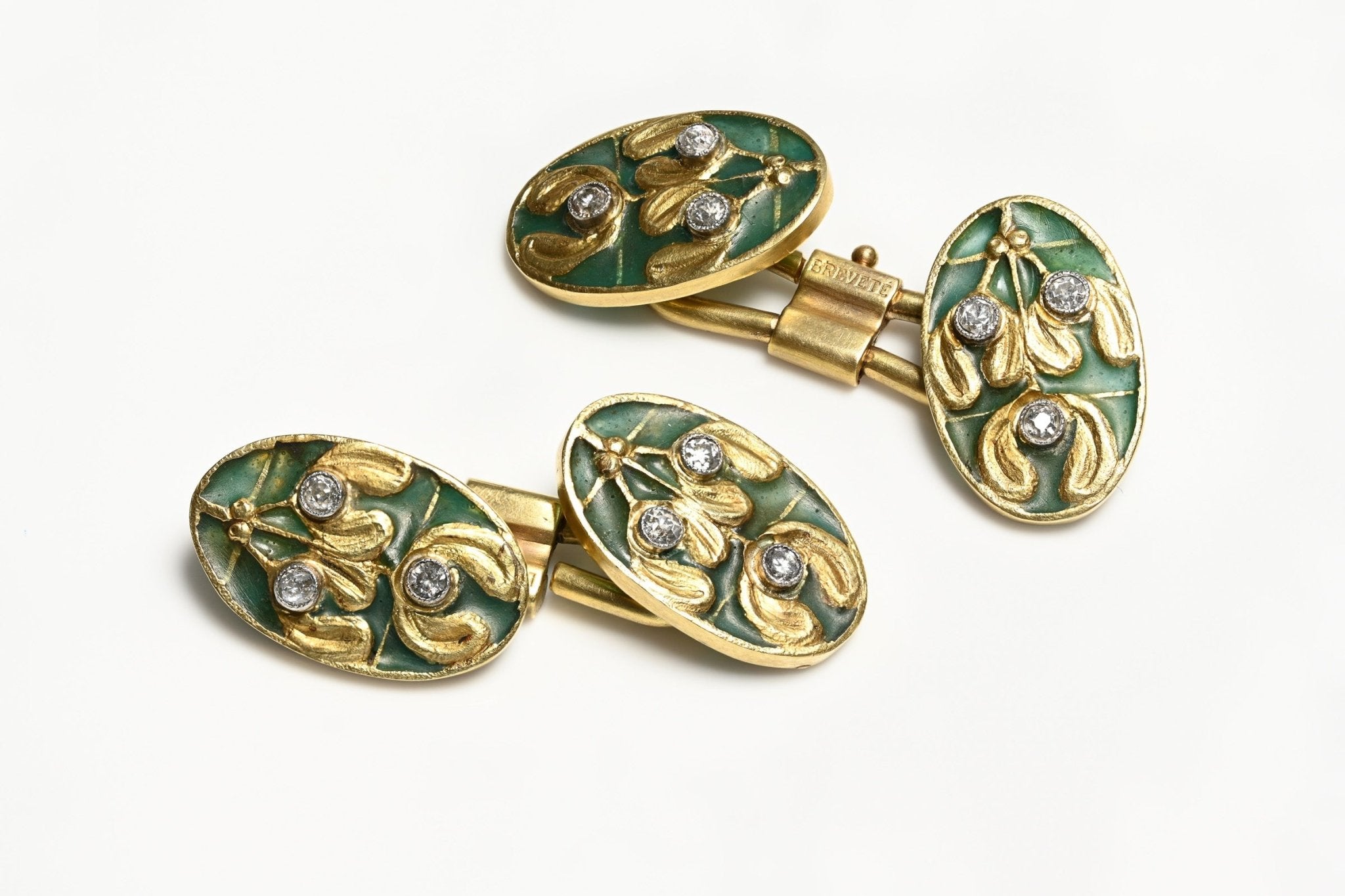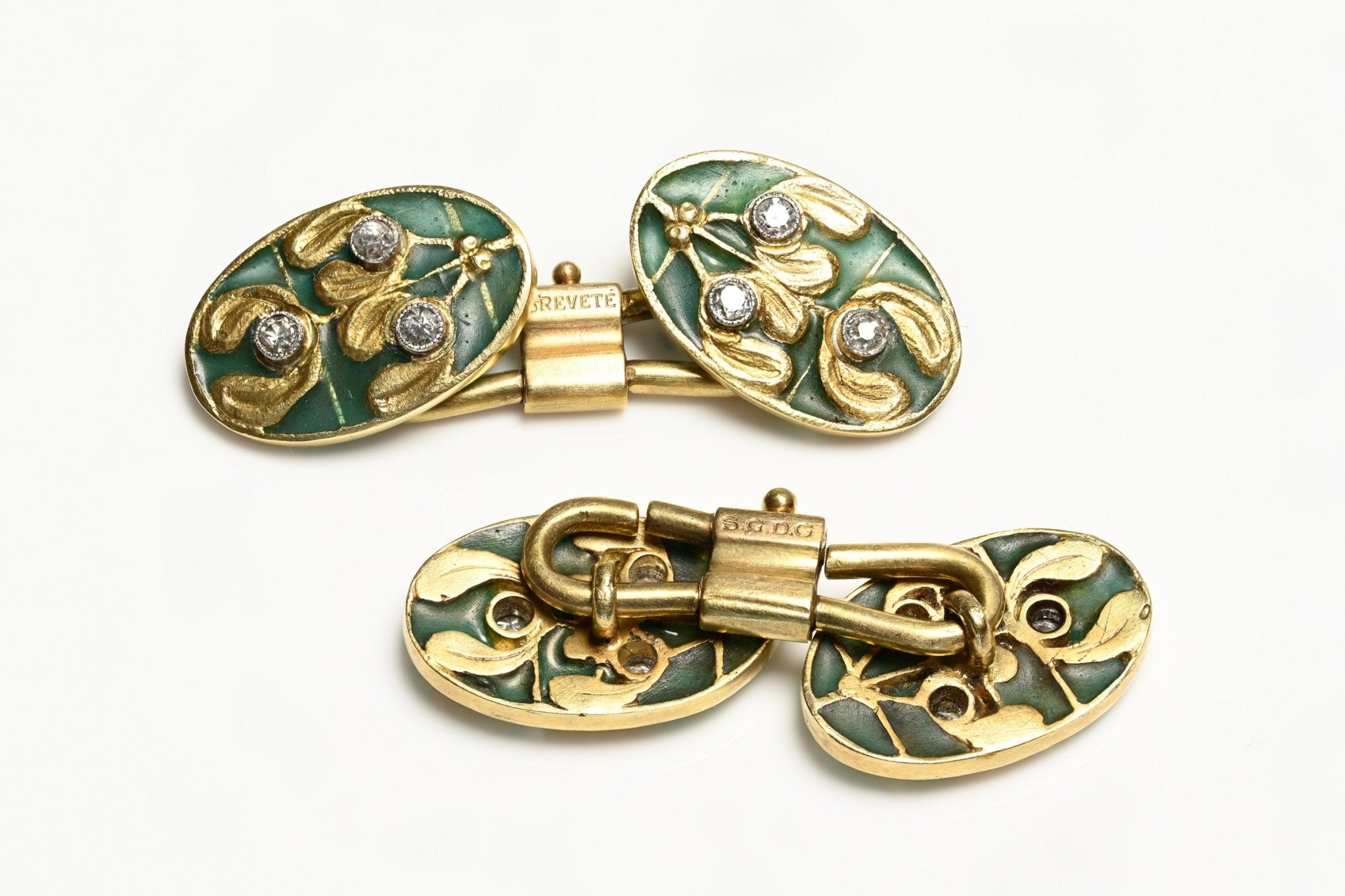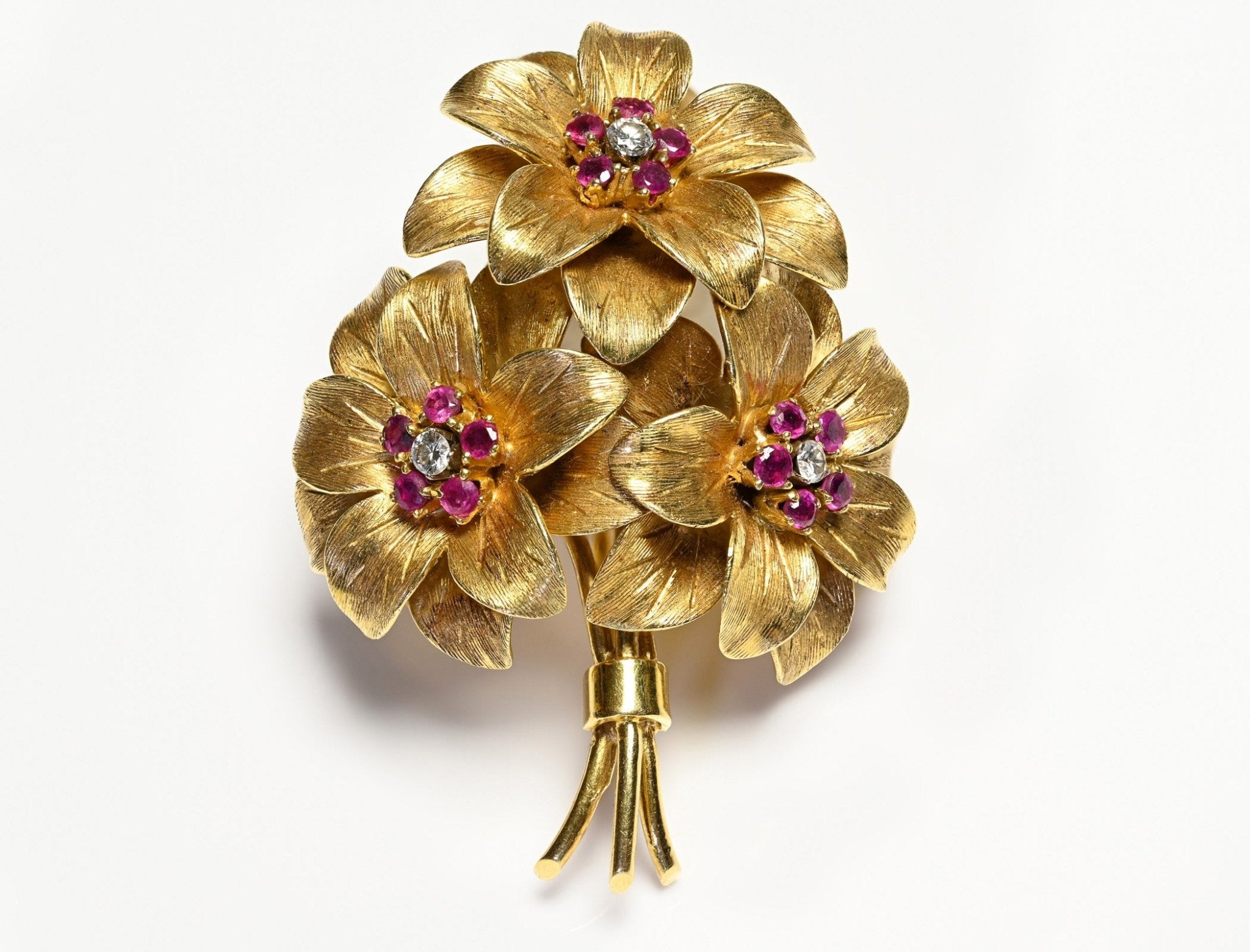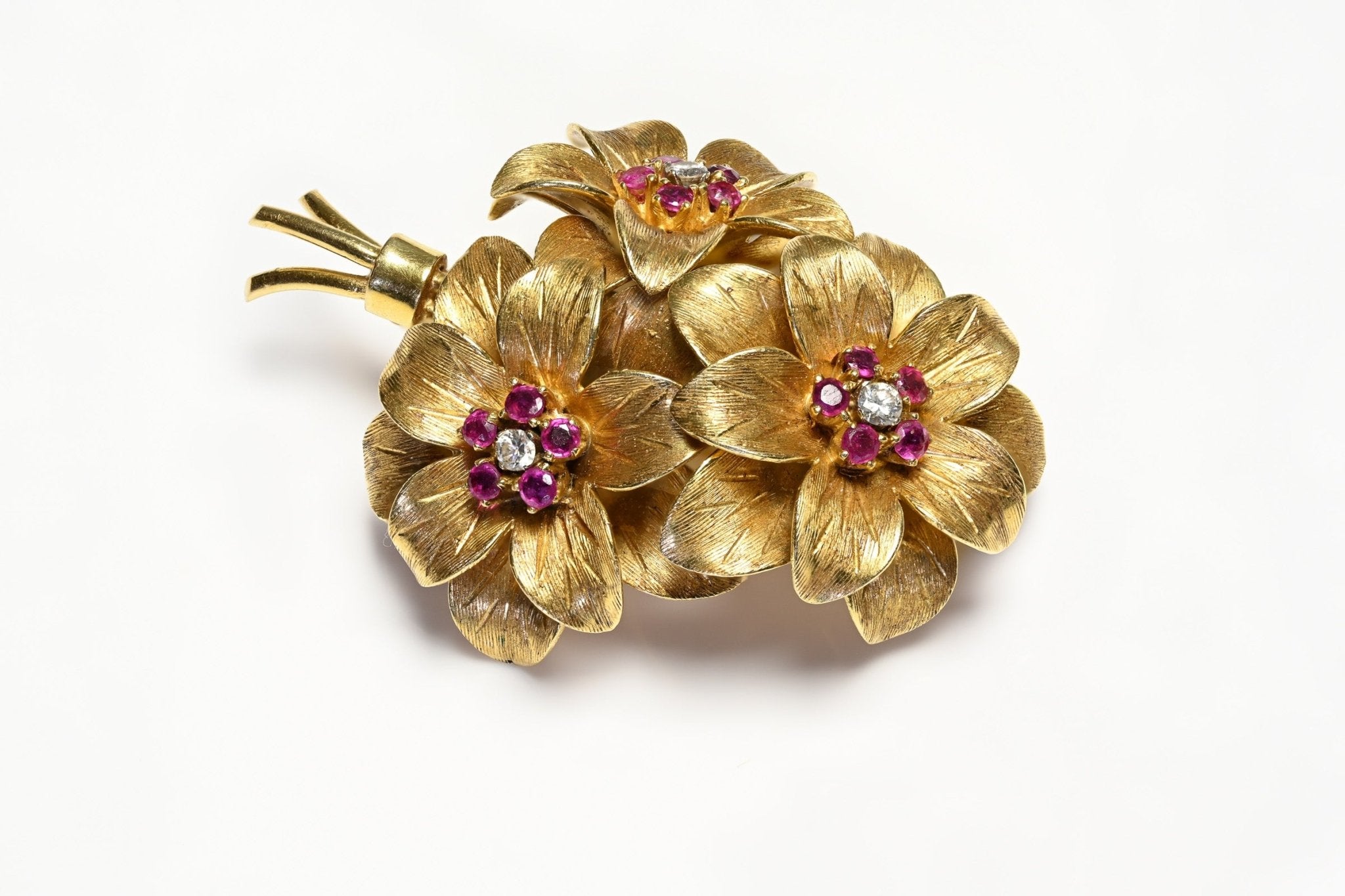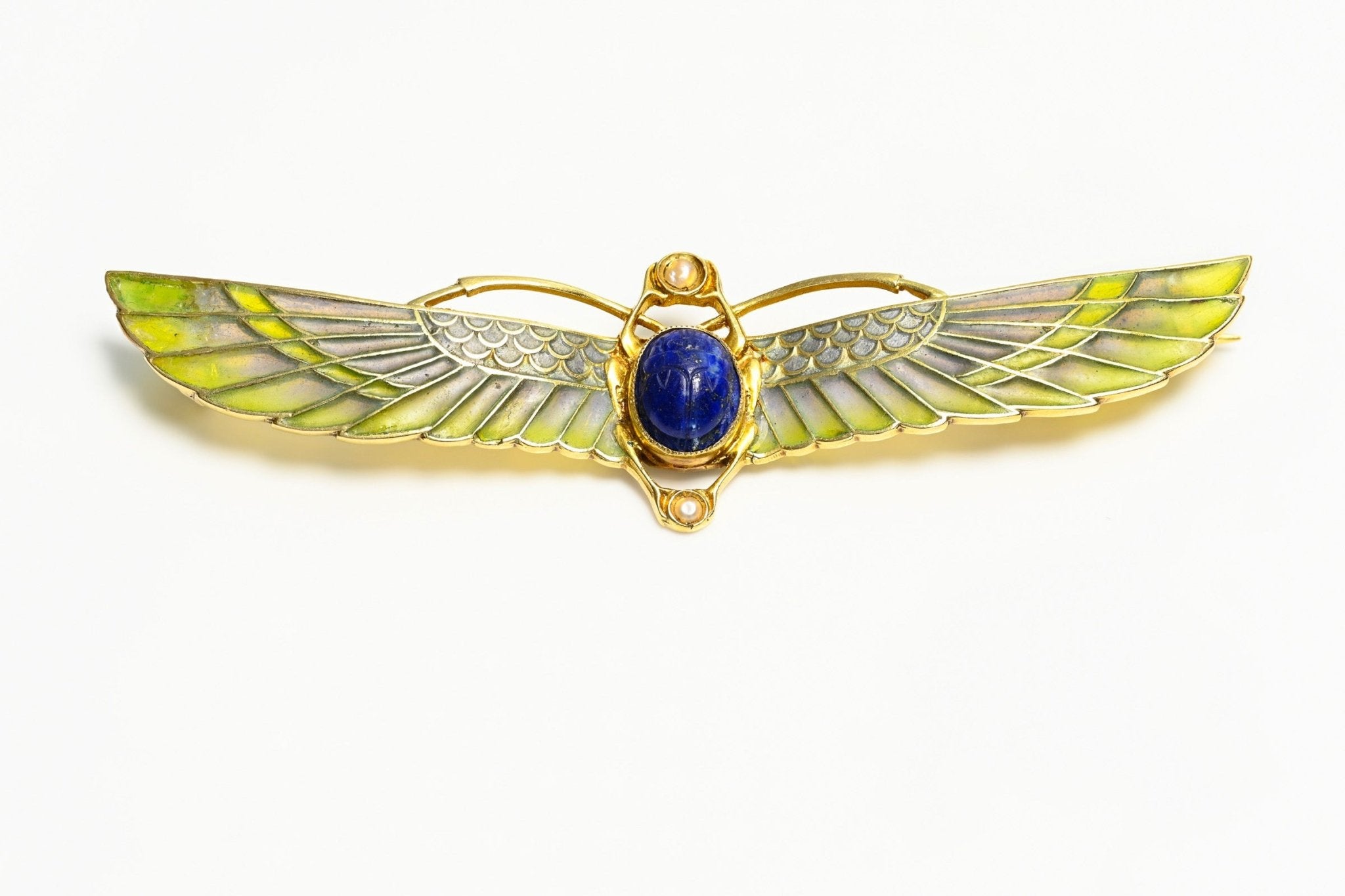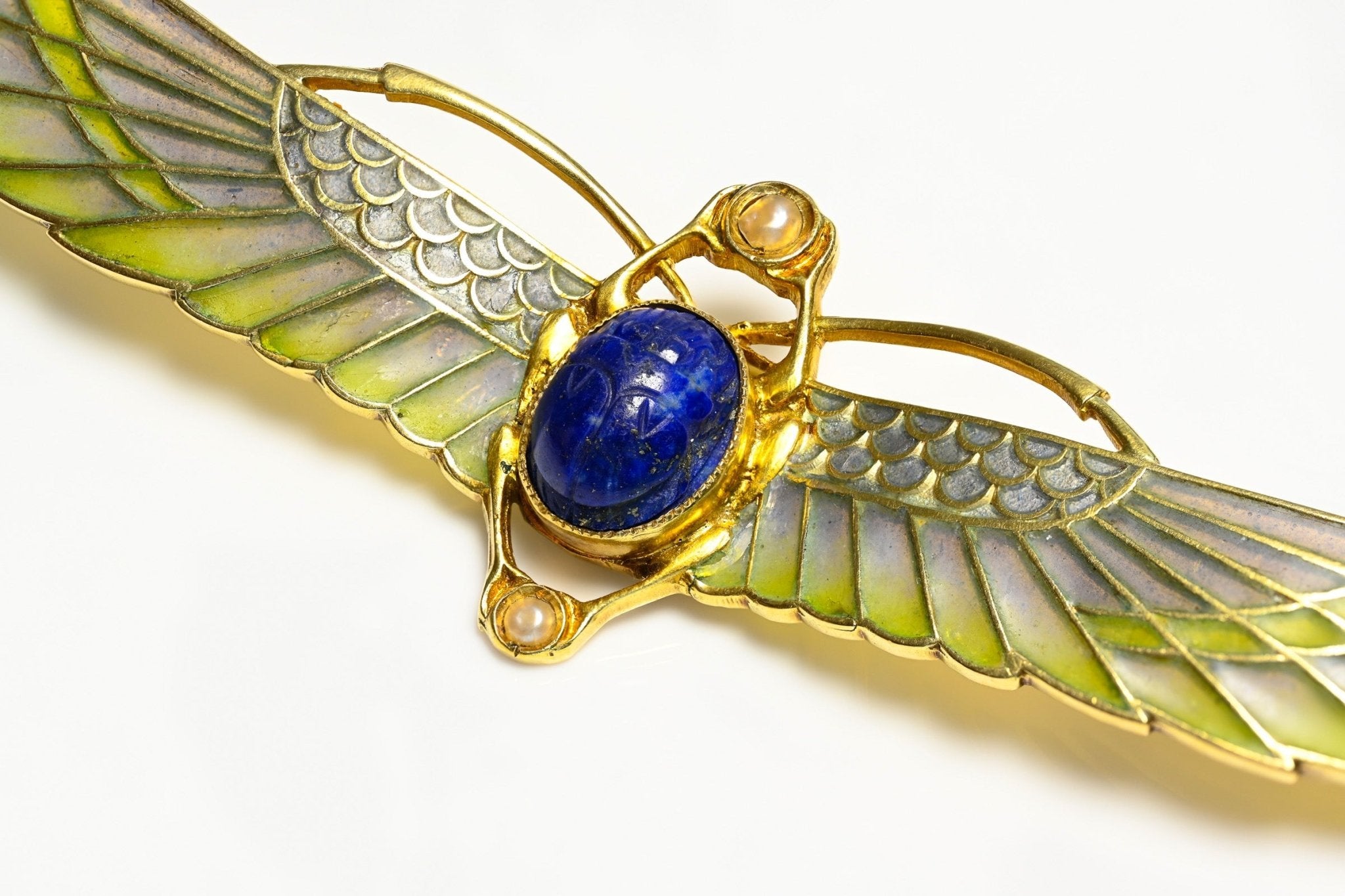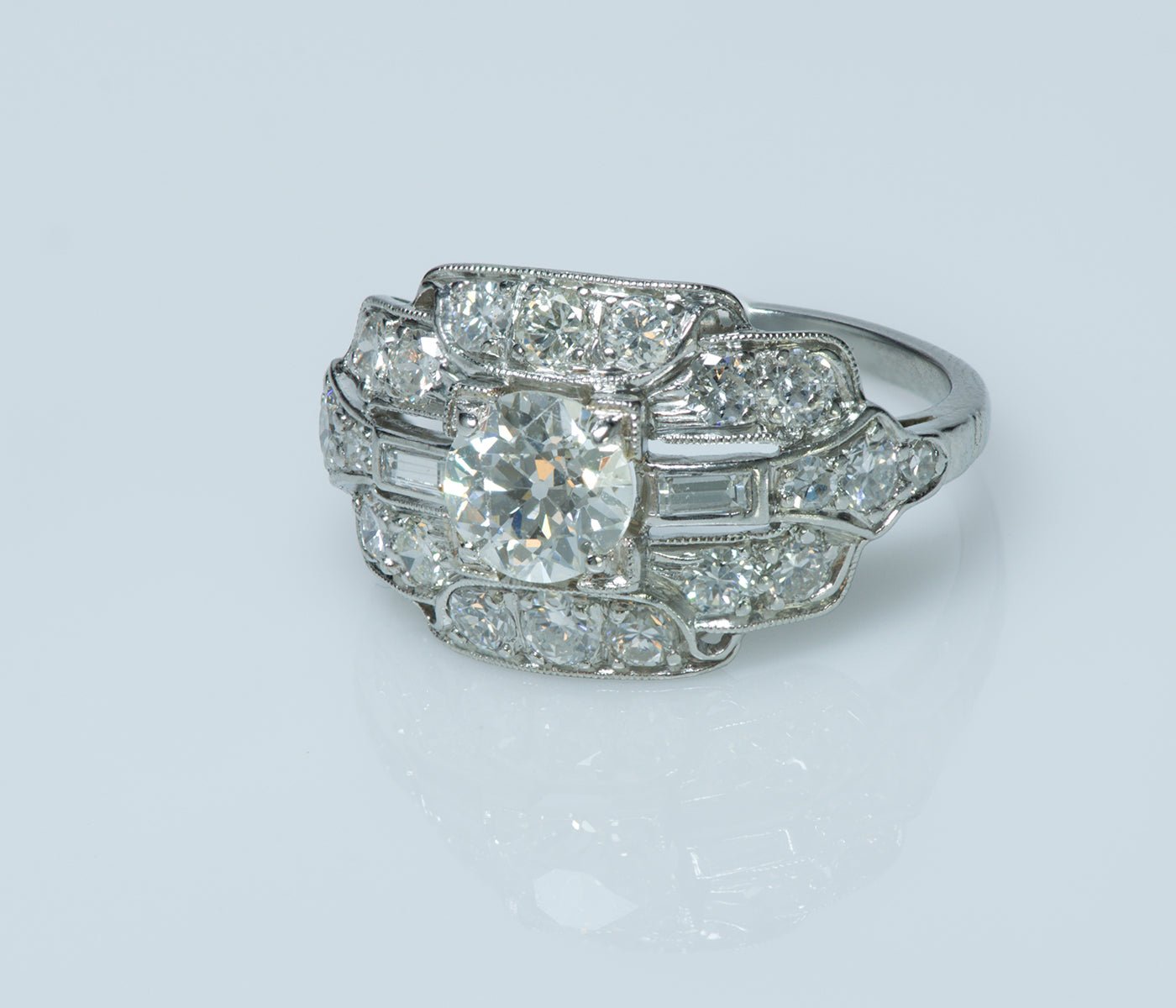
How to Choose Your Diamond: Step By Step Guide
Step 1. Choose Your Diamond Shape
To start, find out what diamond shape she likes. Popular diamond shapes include round, oval, princess-cut, emerald-cut, Asscher-cut, marquise-cut, radiant-cut, pear-shaped, and heart-shaped diamonds. These are the most known cuts.
Nowadays there are also some rather rare cuts that you should know about, especially if your bride-to-be has an appreciation for sophisticated jewelry design. For example, Old European Cut: like the old mine cut, diamonds cut in this shape possess a high crown, small table, and a large, flat culet.
Step 2. Choose Your Diamond Size
The size of a diamond is arguably the most visual of characteristics for diamond shoppers. The size is measured in millimeters (not to be confused with carat which refers to weight of the diamond, not its size). Just to give you an idea, the size of a 1 carat diamond that has been cut to ideal proportions is approximately 6.5 mm; the size of a 0.5 carat diamond is approximately 5.2 mm. You'll find a wide range of diamond sizes is available within a given budget.
Step 3. Choose Your Diamond Quality
The quality of a diamond in summary is known as the 4 C’s: Cut The cut of a diamond has the biggest effect on its sparkle, also called brilliance. Even with perfect color and clarity, a poor cut can make a diamond look dull. Color Colorless diamonds are most highly valued and are priced accordingly. For the best value, choose a colorless or near-colorless diamond that has no noticeable color, grades D-J. Clarity Most diamonds have tiny imperfections called inclusions.
Diamonds free of internal flaws or inclusions are very rare and highly valued. The best value in diamond clarity is a diamond with no inclusions visible to the unaided eye. Diamond clarity is often the least important of the 4Cs because most inclusions are microscopic; they don’t affect the diamond’s beauty in a visible way.
To maximize your budget, consider an "Eye-Clean" diamond, graded VS1 or higher, in which inclusions are invisible to the naked eye. Carat Weight Carat is the most misunderstood of the 4Cs. It actually refers to a diamond's weight, not its size. Since larger diamonds are more rare than smaller diamonds, diamond value rises exponentially with carat weight. Consider cut and carat together; a larger carat diamond with a poor cut grade can appear smaller than a smaller diamond with a higher cut grade.
Engagement ring is the main part of your engagement day which connects both of you as a symbol of love and commitment. To maximize your budget "Buy Shy" which means selecting a carat weight slightly below the whole and half carat marks. For example, instead of a 2.0-carat diamond, consider buying a 1.9-carat weight. This will save a considerable amount of money and the slight size difference will never be noticed. Here is a ballpark of the price based on the diamond weight: 0.5 carat -- starting at $800 0.75 carat -- starting at $1,400 1.0 carat -- starting at $3,000 1.5 carat -- starting at $5,700 2.0 carat -- starting at $9,000
Step 4. Choose Design
The artistry and superb craftsmanship is still the part that makes or breaks the diamond's value in the engagement ring. You may have noticed the ever more growing trend of buying antique and vintage engagement rings. The reason is that a large number of contemporary jewelry studios simply don’t create the kind of truly stunning jewelry pieces our parents and grandparents were able to enjoy.
Some of the jewelry makers nowadays don’t have proper training in the fundamentals of art to be able to create the kind design which would leave you in awe; some lack the skillset to bring more sophisticated designs to life. Check out a credible antique jewelry dealer to expand your choices and have a look at our ever growing selection of engagement selection for more ideas.


